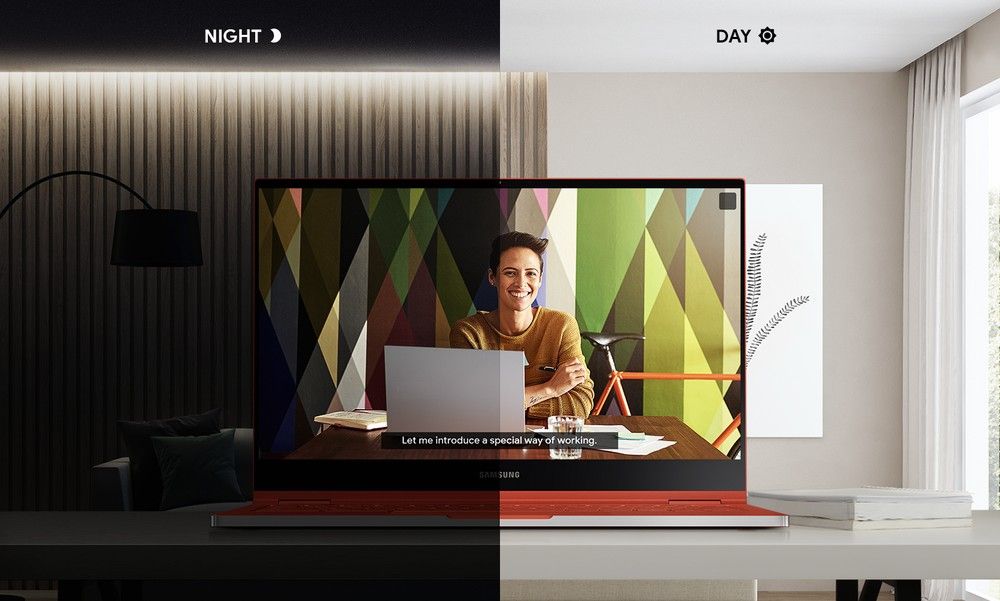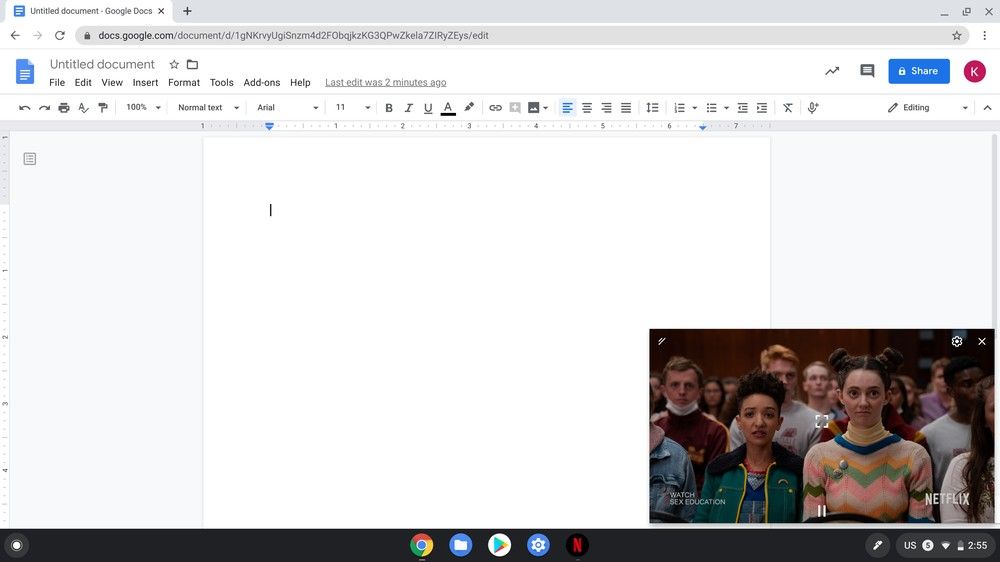Gaming phones are part of a growing segment in the Android ecosystem. The Black Shark was part of this trend when it launched in 2018. The company followed it up with the Black Shark 2 in 2019. Now, the Black Shark 3 and 3 Pro have been officially announced. We knew a lot about this device ahead of time, but now we can see it in full glory.
The Black Shark 3 series has quite a few surprises up its sleeves, but let’s start with the basics. Both devices are powered by the Qualcomm Snapdragon 865 SoC and the company’s latest liquid cooling system. They also feature LPDDR5 RAM, UFS 3.0 storage, and beefy batteries. The Black Shark 3 has a 4,720mAh battery while the 3 Pro is packing 5,000mAh.
Speaking of batteries, the phones have pretty great charging capabilities. The Black Shark 3 series can charge at 65W speeds via wired USB-C and 18W through the magnetic charging port on the back (more on that later). The 65W charging can get the phone to 50% in just 12 minutes and fully charged in 38 minutes.


Where the phones start to differ is the displays. The Black Shark 3 has a 6.67-inch FHD+ OLED display, while the Black Shark 3 Pro has a 7.1-inch 3,120 x 1,440 OLED display. These displays feature 270Hz touch sampling rates and latency of only 24 milliseconds, both of which are big deals for a gaming device. The displays have a refresh rate of 90Hz, so the Black Shark 3 series is a step below the ROG Phone 2.
Wrapping up the standard phone specifications, let’s talk about cameras. This is not an area of big focus for a gaming device, but obviously you want a capable camera on your smartphone. The Black Shark 3 series has triple cameras in the rear triangular bump: 64MP, 13MP wide-angle, and 5MP depth. The front of the device has a 20MP camera. Oh, and speaking of the front, there are front-facing speakers and a headphone jack.

The Black Shark 3 series is for gaming and there are quite a few gaming-specific features as well. The devices have “Master Buttons,” which are shoulder buttons on the right edge of the device. These are actual physical buttons, not capacitive buttons like we’ve seen in the past. The Master Buttons should feel great if you play a lot of games that use them.

We mentioned the magnetic charging port on the back earlier and this is another feature intended for gaming. The magnetic port is towards the middle of the back so you can use it to charging the Black Shark 3 while gaming. It doesn’t get in the way of your hands while holding the device in landscape mode like the USB-C port. It does charge slower, but it allows you to keep gaming.

The Black Shark 3 also gets a new game pad. The Gamepad 3.0 is meant to be mounted on the left side of the phone (in landscape mode) and it gives you a joystick, 4 mappable buttons, and a function button.The Black Shark 3 series also supports Xiaomi’s “Frozen Back Clip Pro,” which is a fan that can clip onto the back of the device to cool it down.
The Black Shark 3 is available now in China and the Pro model will be available on March 10th. A global release is expected in the “near future.” For pricing, you’ll be paying 3,499 yuan (~$500) for the 8GB/128GB model, 3,799 yuan (~$545) for the 12GB/128GB variant, and 3,999 yuan (~$575) for the 12GB/256GB option. The Pro model starts at 4,699 yuan (~$675) for the 8GB/256GB option and 4,999 yuan (~$715) for the 12GB/256GB variant.
The post Black Shark 3 and 3 Pro gaming phones announced with retractable shoulder buttons, magnetic charging connector, and Snapdragon 865 appeared first on xda-developers.
from xda-developers https://ift.tt/2VGcmlp
via
IFTTT








